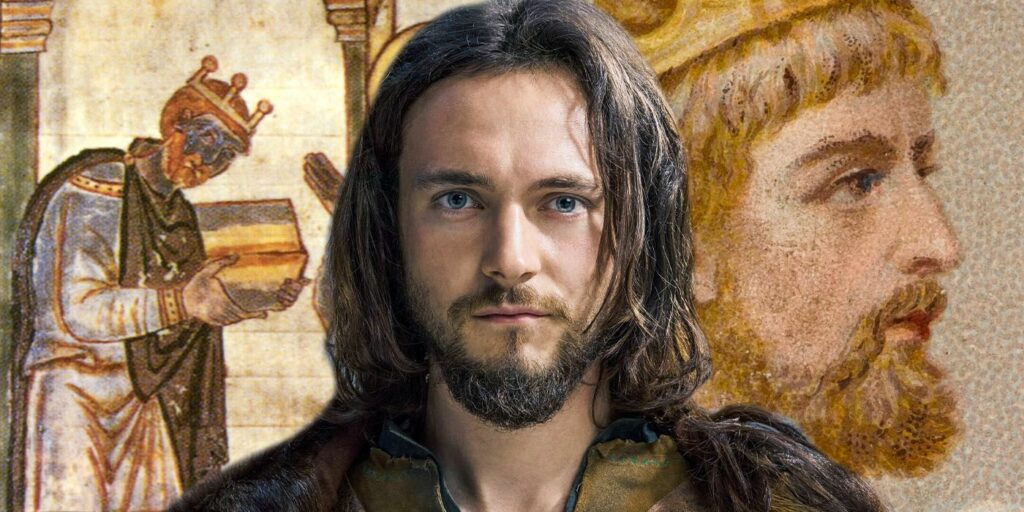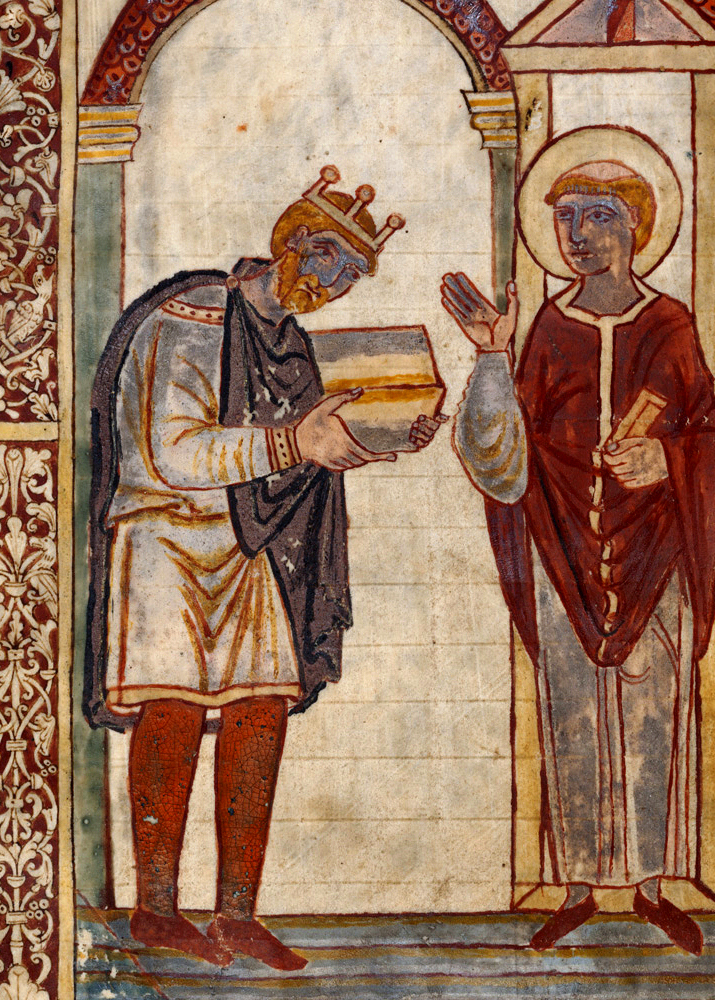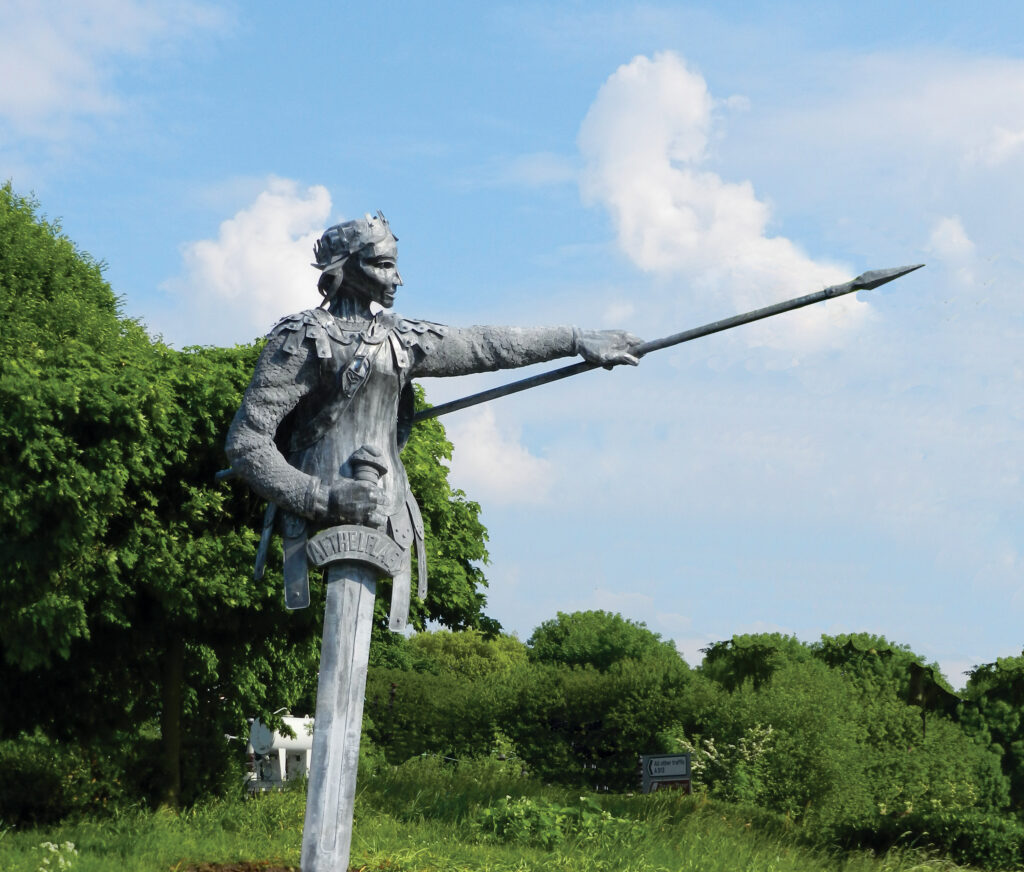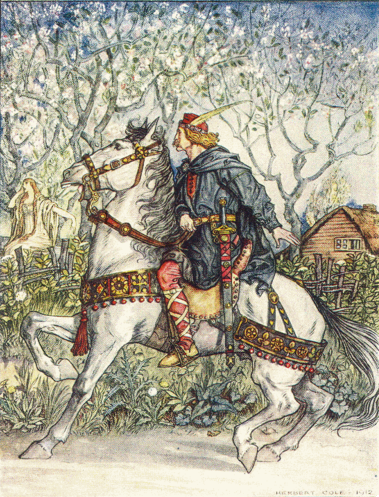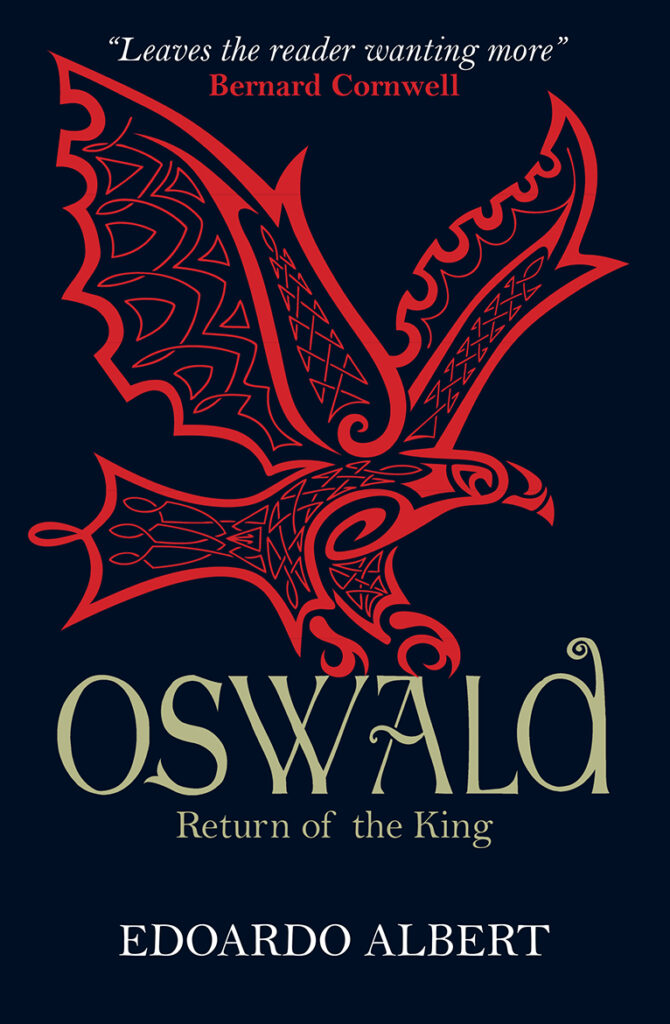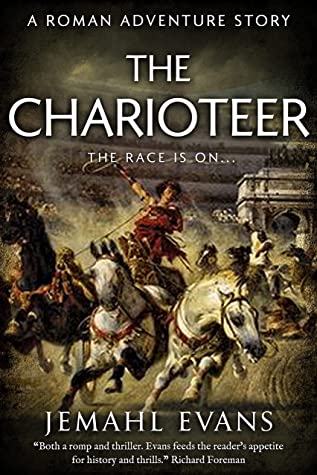
Silk. Even today the word carries connotations of luxury, elegance and cool sophistication. How much more was that the case in the 7th century when the only silk available in Europe, and in particular the still glorious Roman Empire based in Constantinople, had to be imported all the way from India. Wealthy Romans – and wealthy Romans were very wealthy – loved to flaunt their money by sponsoring Games (the old gladiatorial games had been outlawed when the Empire became Christian but the new Christian Empire became fanatically addicted to chariot racing) and wearing rich silk clothing. As the silk had to be transported through the territory of Rome’s long-standing enemy, the Sassanids, this left the Emperor beholden to his foes for supplying his magnates with their clothing.
In his history of the Emperor Justinian, Procopius mentions, in a small aside, how the secret of silk, silk worms breeding and feeding on mulberry bushes, was smuggled out of India and to Constantinople. From this short aside, Evans fashions a marvellously picaresque adventure novel where his protagonists, a retired charioteer, a disgraced aristocratic soldier looking to redeem his reputation and a general fixer who is convinced the world is flat, have to travel to India, retrieve the secret and get back to New Rome, all while being dogged by Sassanid secret agents.
It’s a marvellous romp across a world and a time that is little known, and that, unbeknownst to itself, would not last much longer. The Sassanids themselves would be overthrown in the next century when the conquering armies of Islam swept them aside. The Byzantines were shaken but rallied, but the central Asian world that our trio of adventurers cross was irrevocably changed.
Evans does a stirling job of bringing the time and its people to life, infusing the people with humanity while not downplaying the cultural strangeness of the time to modern people. The Charioteer is the first in a new series and I look forward to reading more adventures from Cal, Theo and Cosmas, and hope the book gets the readership it deserves. One word of warning though: don’t get too attached to the subsidiary characters. Not many of them make it through.


